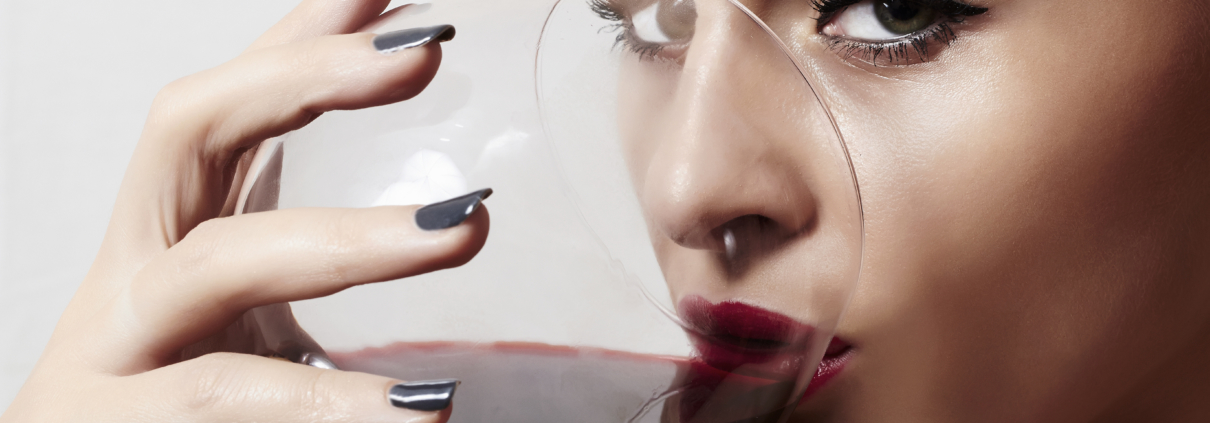During this time of self isolation and physical distancing, we are unable to go to the salon to keep up with our esthetic services. Many of our clients have been inquiring about how to remove artificial nails, maintain them, and remove shellac polish. As we have no definite return date for non-essential businesses to reopen, these services will have be done, by you, at home.
Remove Artificial Nails at Home: What You Will Need
- You will need:
- glass/ceramic bowl
- acetone ( purchased at hardware store or drug store)
- a medium grit file
- a block buffer
- 2 hand towels
- orangewood stick
- cuticle oil
- nail hardener (or clear polish).
Directions
Place one towel on the table with the bowl on top. Pour a shallow amount of acetone in the bowl, enough to cover the nails. Put your fingers in the bowl and cover your hands with the other towel. Let the acrylic melt. This process will take up to an hour but will ensure you properly remove artificial nails and shellac.
Gently file off the acrylic with your medium grit file. If there is still some acrylic left on the nails, repeat the process for another 10-15 mins. For shellac, the same process is applied but should only take 10-15 mins to remove.
Once the acrylic or shellac is completely removed, file the length of your natural nail down to just about finger tip level. Take your buffer and gently smooth out the top of your nails. Then, take your orangewood stick and softly push back your cuticles as this will promote regrowth of your nail. Apply cuticle oil to both the nails and cuticles and massage each nail. Once massaged, wash and dry your hands and apply 1-2 coats of hardener to each nail.
For gel nails, the same process is performed, provided you have gel remover from an esthetic supplier. If you do not have gel remover, you will have to take the medium grit file and file the nails off.
Health officials are encouraging us to be diligent in taking care of our hands to prevent the spread of the Covid 19 virus. If we do this then we are hopefully one step closer to returning to the salon and providing the services that you have come to enjoy. Stay healthy, stay safe and we hope to see you soon!
Til next time,
A Perfect Pinky Team




